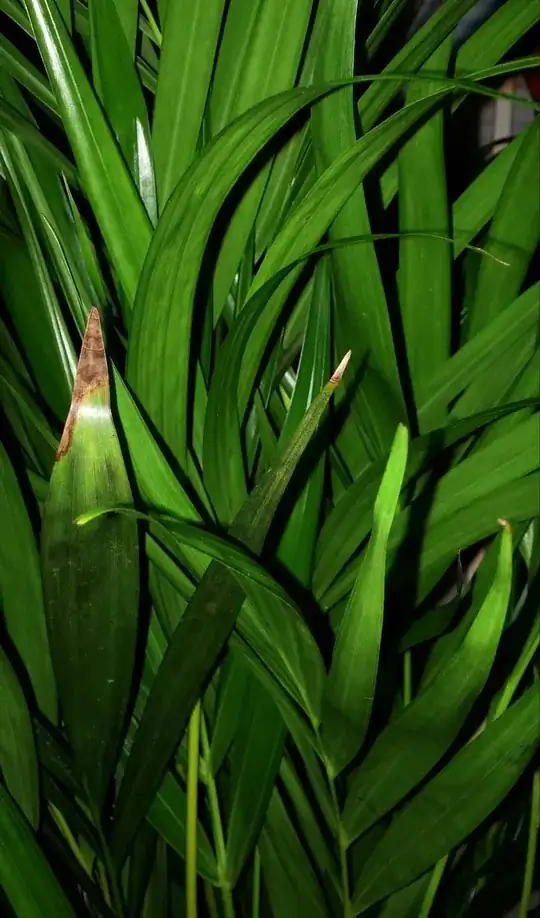Recently I found out about a way to grow plants in air-tight jars, where the plant is recycling water and air so it is basically a no-maintenance plant. There is a product available from Pikaplant (not affiliated with them in any way) called 'Jar Coffea' (Coffea arabica).
These Coffea plants are sealed airtight inside an upside down Mason jar. This means all of the water inside a Jar stays inside, and the plants continuously recycle the water they have. All you have to do is give your self-sustaining plants a nice place to live, and enjoy the view.
Because their product is rather expensive, I would be interested to try something similar, make my own jar but with other plants inside.
Which plants could be good candidates for this project and what kind of preparations should be made considering plants would be in a sealed environment? (According to that company their plants are flourishing for over 40 months.)
